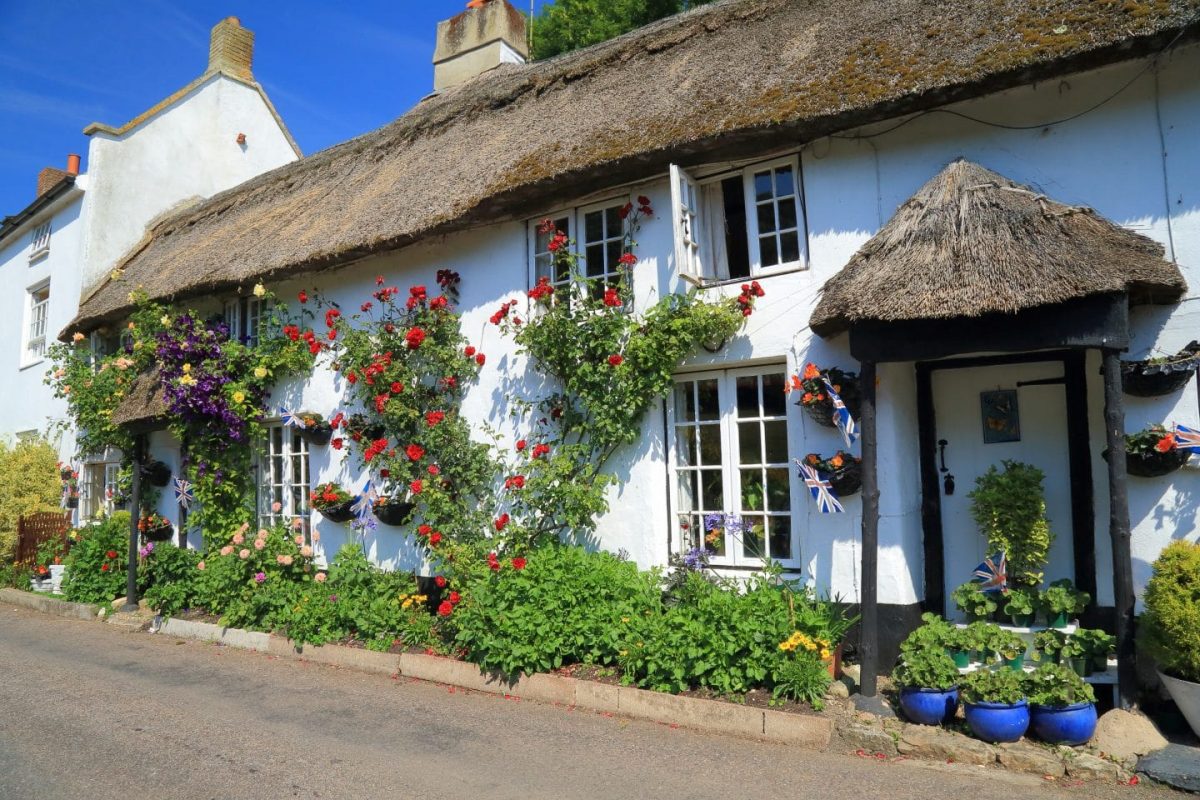History of Lime Wash
Lime wash is one of the most traditional type of breathable coatings still available today. Arguably greater than any other masonry paint available, lime washes or white washes are especially compatible with masonry. They can be absorb easily. They have been used for a number of different applications over the years including applying to the trunks of trees to prevent sun scald!
In times gone by, lime wash was the go to coating for exterior painting, however with the advance in paint technology limewash fell from favour. It has been replaced by easier to apply (lime wash requires 3 coats applied to a damp surface and worked into the substrate with a stiff brush), modern film forming paints.
In recent times lime wash is making somewhat of a comeback as its being used more and more on heritage and period type properties and is increasingly specified by architects.
What is Lime Wash?
Lime Wash provides an organic, traditional decorative finish that chemically bonds with the substrate that it is being applied to. This paint gives a unique glow effect due to the double refraction of the calcite crystals in the chemical formula – this glow is instantly recognisable with the whimsy of classic British buildings. Limewash is formulated from slaked lime which is combined with a small amount of tallow, or in some case binders such as casein are used. The colour is created by the use of blending natural organic pigments.
Additives such as fly ash, a pozzolanic volcanic material, enables the limewash to set on contact with water. If required, pozzolanic lime wash will adhere to mixed substrates such as stone, sand and cement renders and even timber.
Traditional limewash is ideal for lime–based renders and stucco. You can find these types of substrates on heritage and period properties.
Lime wash is the most breathable coating available for both internal and external renders. Limewash is best performing over a lime based render.
Ideal For:
- External Lime Renders
- Stucco
- Heritage & Period Buildings
- Internal and External Renders
Why Use Limewash?
The reason lime wash works so well on the above substrate types is that it possesses the same properties as the substrate in terms of porosity, alkalinity (pH value) and coefficient of thermal expansion. Sharing the properties means the coating will act in the same way as the substrate when exposed to stresses, so will be resistant to cracking and splitting as the building moves. This is a expected situation on older buildings with shallow foundations.
Promain’s Limewash Products
The Traditional Paint Company Traditional Exterior Limewash is an ideal coating system for external substrates such as lime renders typically found on heritage and period buildings. The Traditional Paint Company Exterior Limewash is formulated in the traditional way using lime putty. Producing the coating in this way ensures the coating is extremely breathable and is the number one choice for the protection of heritage properties constructed without a modern damp course.
How To Apply Limewash
Limewash systems would consist of 3 coats. Before application ensure the surface is in sound condition and clean. Ensure any lime renders has had time to fully cure.
Always ‘damp’ down substrates prior to limewash application, including between coats. This minimises the amount of moisture from the lime wash absorbed by the render. This allows it to cure at the correct rate. you can achieve ‘Damping down’ with a fine light mist of water sprayed to the wall. The mist setting on a hose or a spray bottle is ideal. You are looking for the wall to be damp to the touch. This therefore allows the substrate to absorb water and for any excess to run off before beginning application. We advise not to paint in excessively hot weather, windy conditions or direct sunlight. This is as the lime wash to dry too quickly before it has soaked in and adhered to the render.
Failing to dampen down the surface means the limewash has very little wet time. Therefore you cannot work the paint into the surface. The application of the lime wash ends up being too thick, which will then ‘mud crack’ and resulting in a poor finish.
Before applying traditional limewash, dilute the paint with fresh clean water. You should dilute the first coat at a ratio of 1 to 1. Then using a brush, sparingly apply a coat and allow to cure for 24 hours. Dilute the following 2 coats at ratio of 2 to 1. This is 2 parts limewash to 1 part water. Apply sparingly with a brush allowing 24 hours between coats.
Do you have any enquiries or questions in regards using limewash as your masonry paint? Contact our technical team on 01462 421333.





